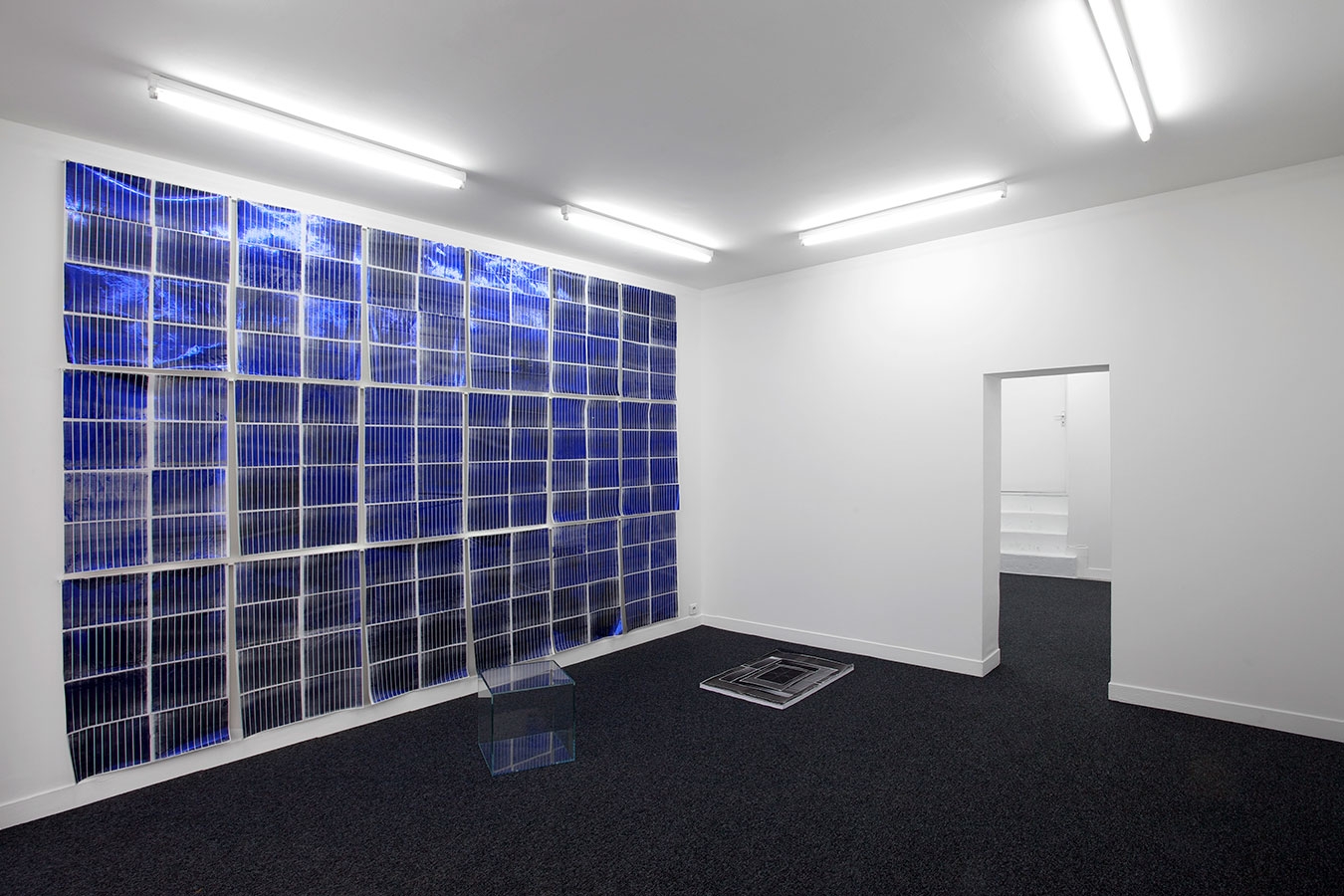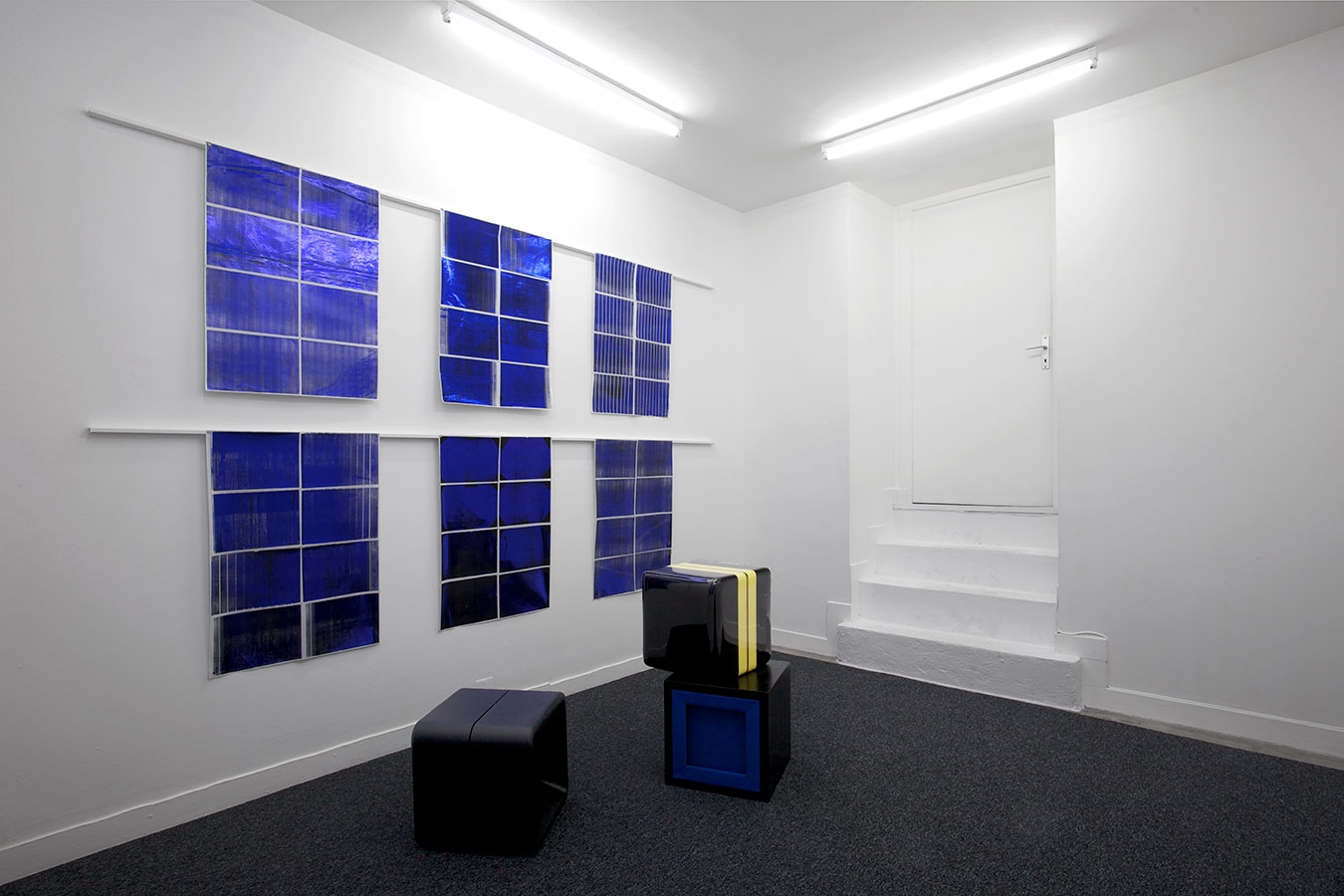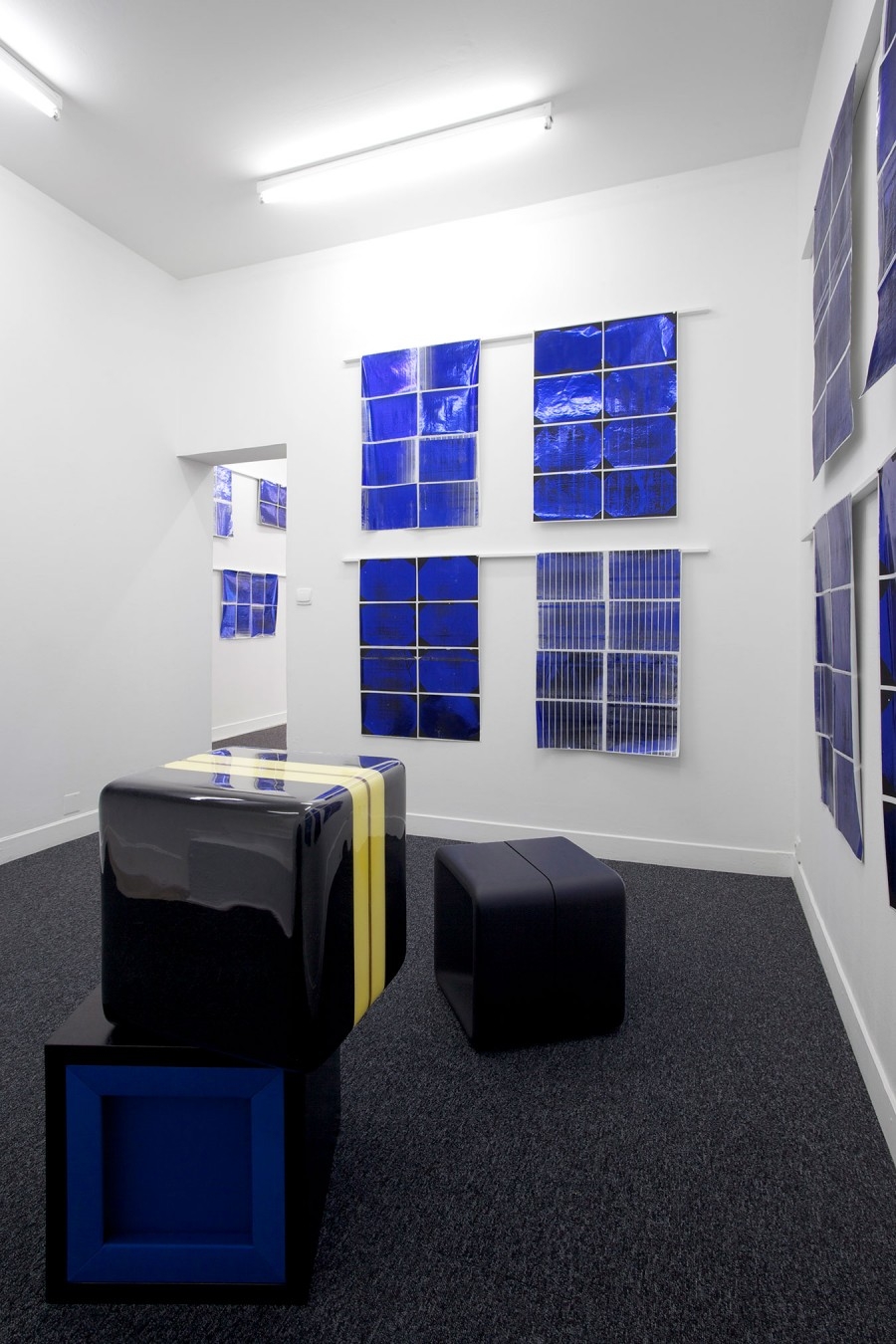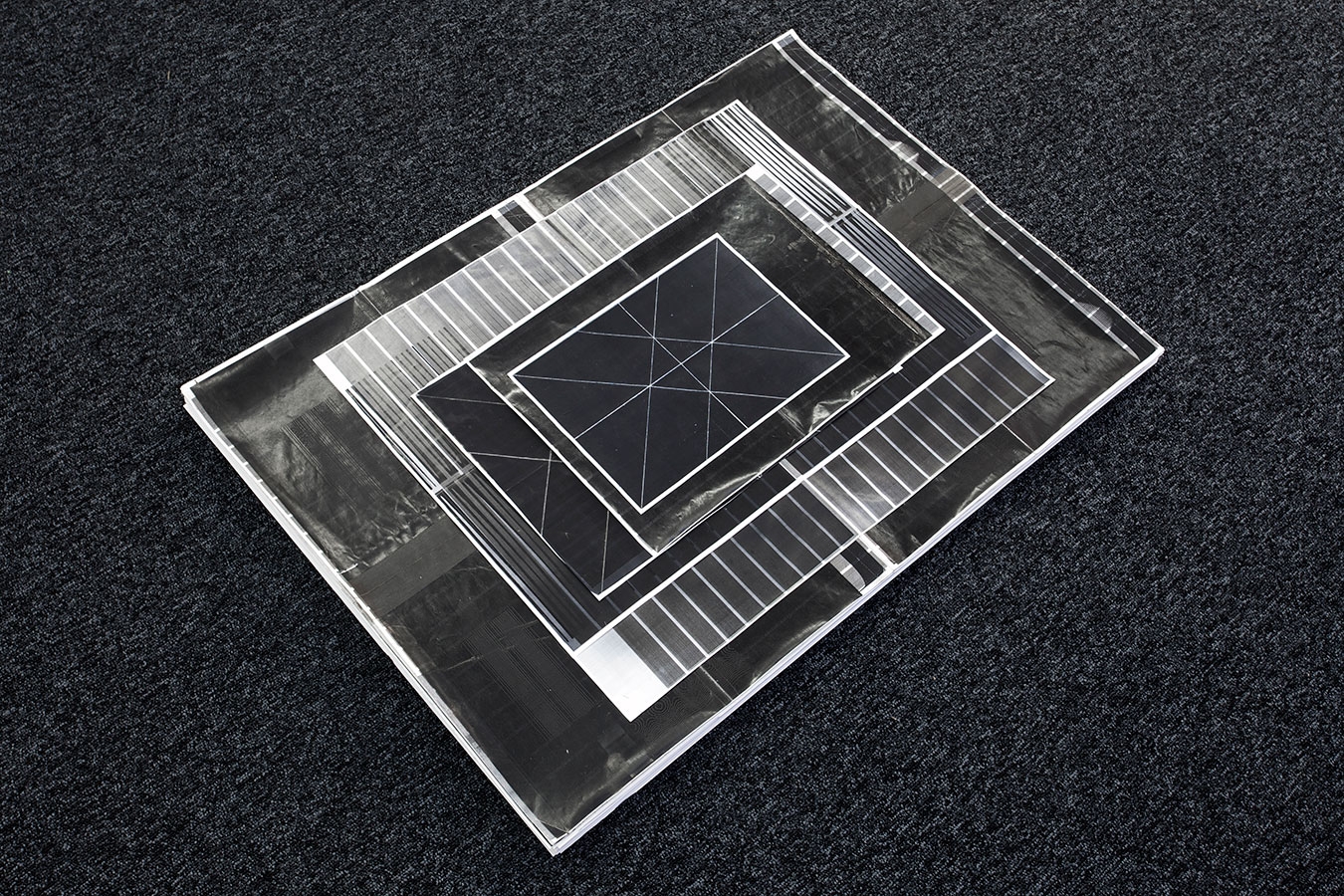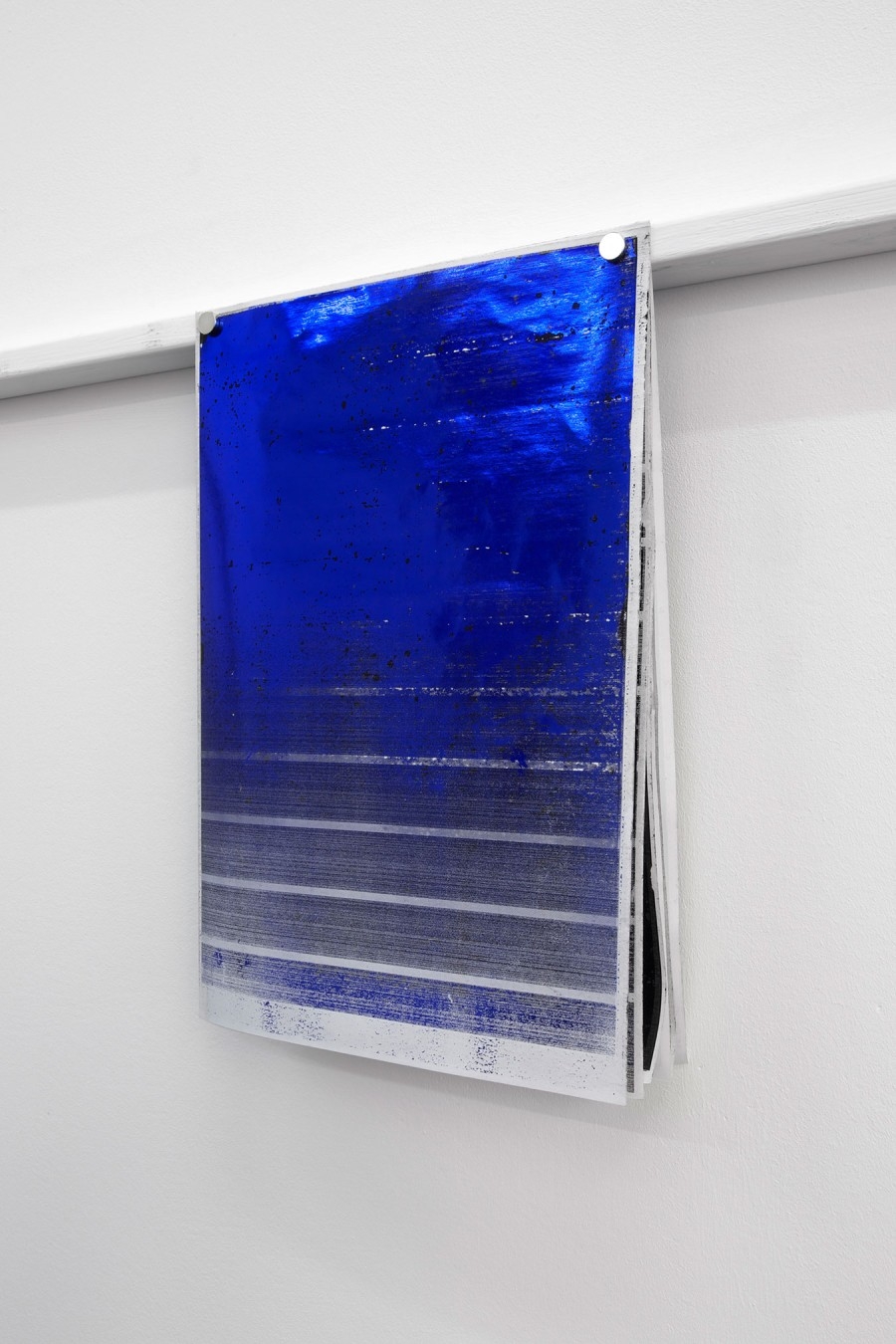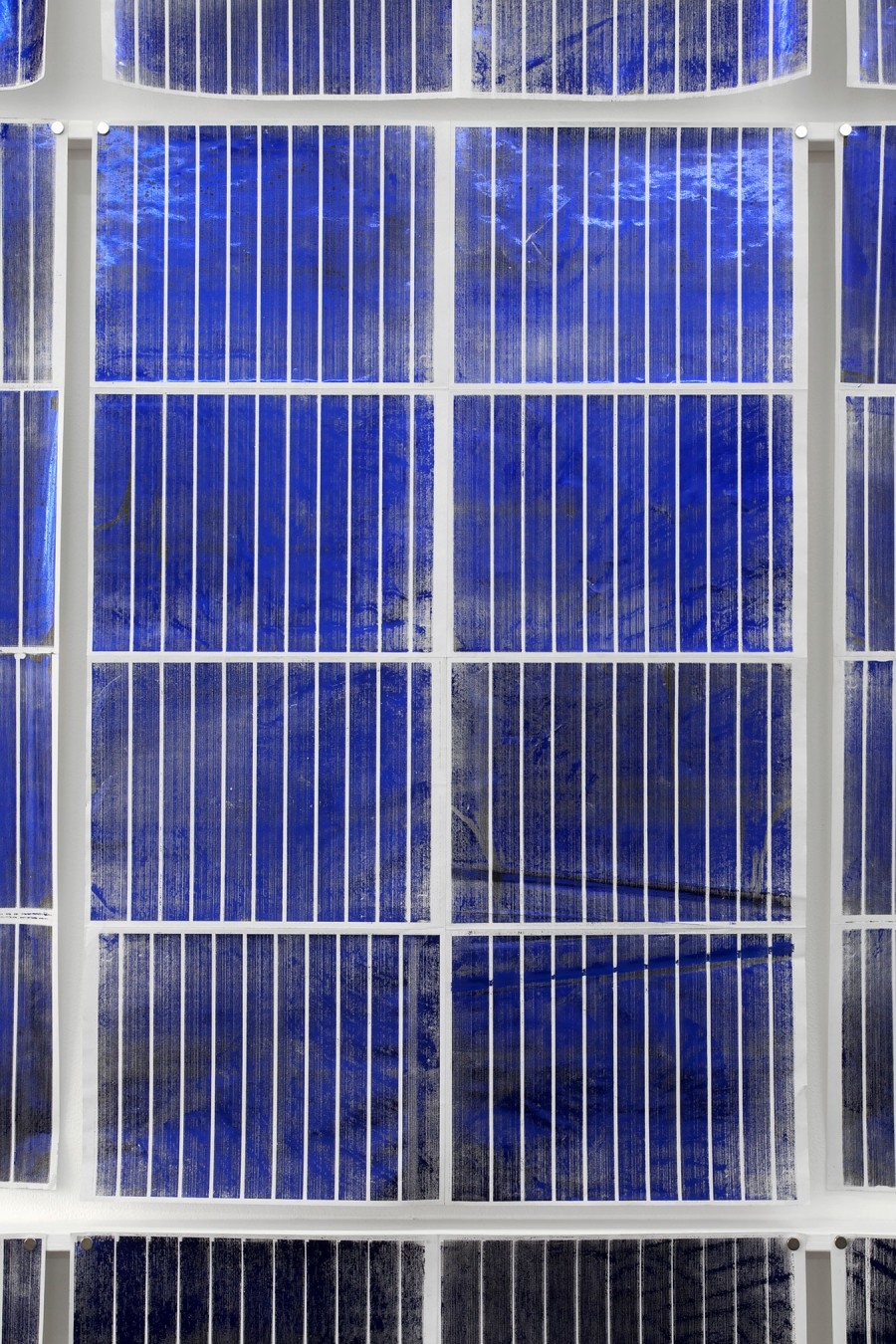Le mot erreur est emprunté au latin error, erroris, proprement «action d’errer ça et là» et par figure «incertitude, ignorance», d’où «méprise», «illusion», «faute» et, en latin chrétien, «hérésie». C’est un dérivé de errare au sens figuré de «se tromper».
Xavier Antin ne semble s’intéresser à l’histoire de la production et de la reproduction des objets que lorsque celle-ci présente un accroc, un accident. Il met en place des contextes de production dans lequel surviennent des accidents, comme des indices d’une narration plus vaste étayant le processus de travail. Parfois, il prend la chaîne de production à l’envers, comme dans Five Conversations, où, tout en démantelant oralement avec les responsables de production d’entreprises très spécialisées les procédés qui conduisent à la fabrication d’un objet comme une chaise ou une table de billard, il supervise l’exécution de son ersatz, un cube synthétisant toutes ses qualités intrinsèques, mais dépourvu de toute fonctionnalité, tendu vers une abstraction : un cube de conversation, le temps d’une diver- sion de l’outil de production industriel.
Lorsqu’il crée sa propre chaîne de production, et qu’il met en rapport quatre imprimantes d’époques différentes, chacune devenant «responsable» d’une des quatre teintes de base composant la quadrichromie, il propose une nouvelle temporalité d’impression : les images produites se construisent à travers quatre strates de temps. Le livre s’intitule Just in Time, or a Short History of Production. Une petite histoire de la production, que l’on pourrait concevoir tout aussi bien comme une petite histoire du détournement. Habitué des imprimantes de bureau, il a également conçu une publication comme un mode d’emploi de hacking d’imprimante jet d’encre intitulée Printing at Home(1), qui s’inscrit dans cette tentative de reprise en main par l’individu des moyens de production globalisés. Pour sa première exposition à la galerie Crèvecœur, l’artiste présente les cinq cubes/conversations mis en relation avec une série d’impressions de bureau. Plus que le fruit d’un détournement, elles sont le résultat d’une tentative de dépassement des moyens ordinaires qu’il affectionne (ici une imprimante laser A4). Une recherche, initiée lors d’une résidence au printemps dernier au Parc Saint-Léger, qui aboutit à la production d’une série de formats A1, soit huit fois plus grand que le A4 imposé par l’imprimante, comportant les traces physiques de toute une mécanique d’erreurs - peut-être à entendre comme des «errances» ou des «incertitudes». Se dessine alors une série d’objets hybrides entre peinture et reproduction instantanée et sérielle; présentant une surface structurée par ses contraintes de fabrication, la grille d’un processus de production. Une grille qui évoque peut-être directement la grille de mise en page du graphiste ou plus symboliquement l’emblème de l’ambition moderniste si l’on suit Rosalind Krauss (la grille est la structure qui permet aux contradictions existant entre les valeurs scientifiques et les valeurs de la foi de se maintenir dans la conscience de la modernité). Ou encore la quête laborieuse d’une raison, d’une fonction peut-être.
La syntaxe des cubes et des impressions déployés dans l’espace interroge sur la façon dont un objet ou une surface est dessinée, « désignée », par son histoire, son processus et son contexte de production. Plane aussi sur ce dispositif la figure tutélaire de William Morris, artiste du XIXème siècle, inspirateur du mouvement Arts & Crafts, éditeur, imprimeur, maître de l’art décoratif (connu pour ses motifs de textiles et tapisseries) mais également écrivain et penseur politique. Un proto-designer qui demeure une figure fondamentale de la construction de l’utopie sociale du design ayant traversé le siècle des modernes, fervent défenseur d’une démocratisation de l’art et de ses savoir-faire, afin que chacun puisse devenir artiste appliqué à la confection d’objets du quotidien pour son usage propre. Une conception du design étrangement détachée de celle que l’économie libérale sous-tend en ce début de siècle.
Xavier Antin est diplômé du Royal College of Art de Londres. Son travail a fait l’objet d’une présentation personnelle dans la section Frame de la dernière édition de Frieze Art Fair à Londres. Il a également été montré dans plusieurs expositions collectives, notamment au CNEAI à Chatou, à la Galerie ARKO de Nevers en 2012, à la Jaus Art gallery de Los Angeles, à la Triennale du Design de Milan et au Salon de Montrouge en 2011. Après avoir été résident au Parc Saint léger à Pougues-les-Eaux en 2012, il entame une résidence au FRAC Champgne-Ardenne jusqu’en mai 2013.
- La seconde édition de Printing at Home vient d’être publiée par Ditto Press (Londres). ↑

